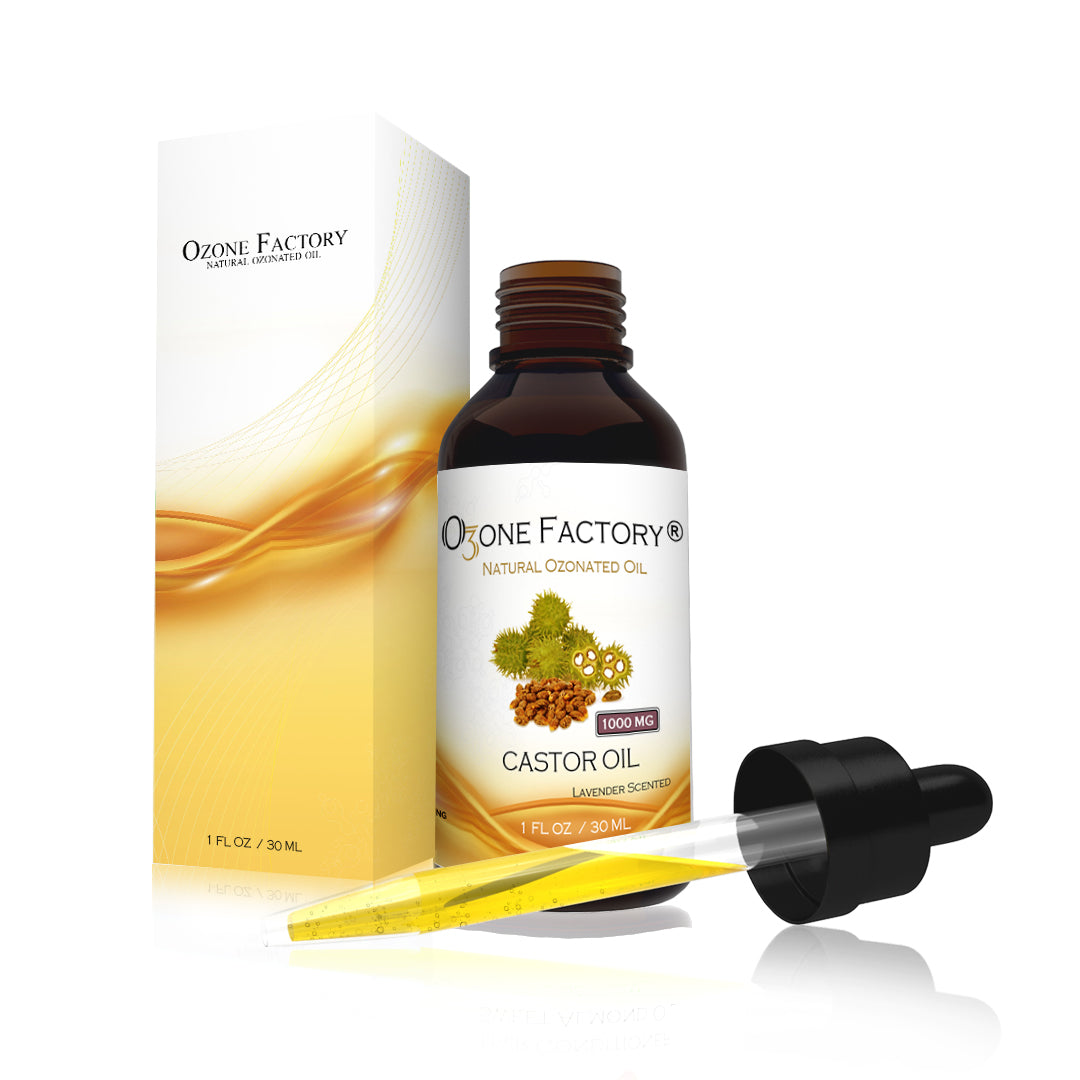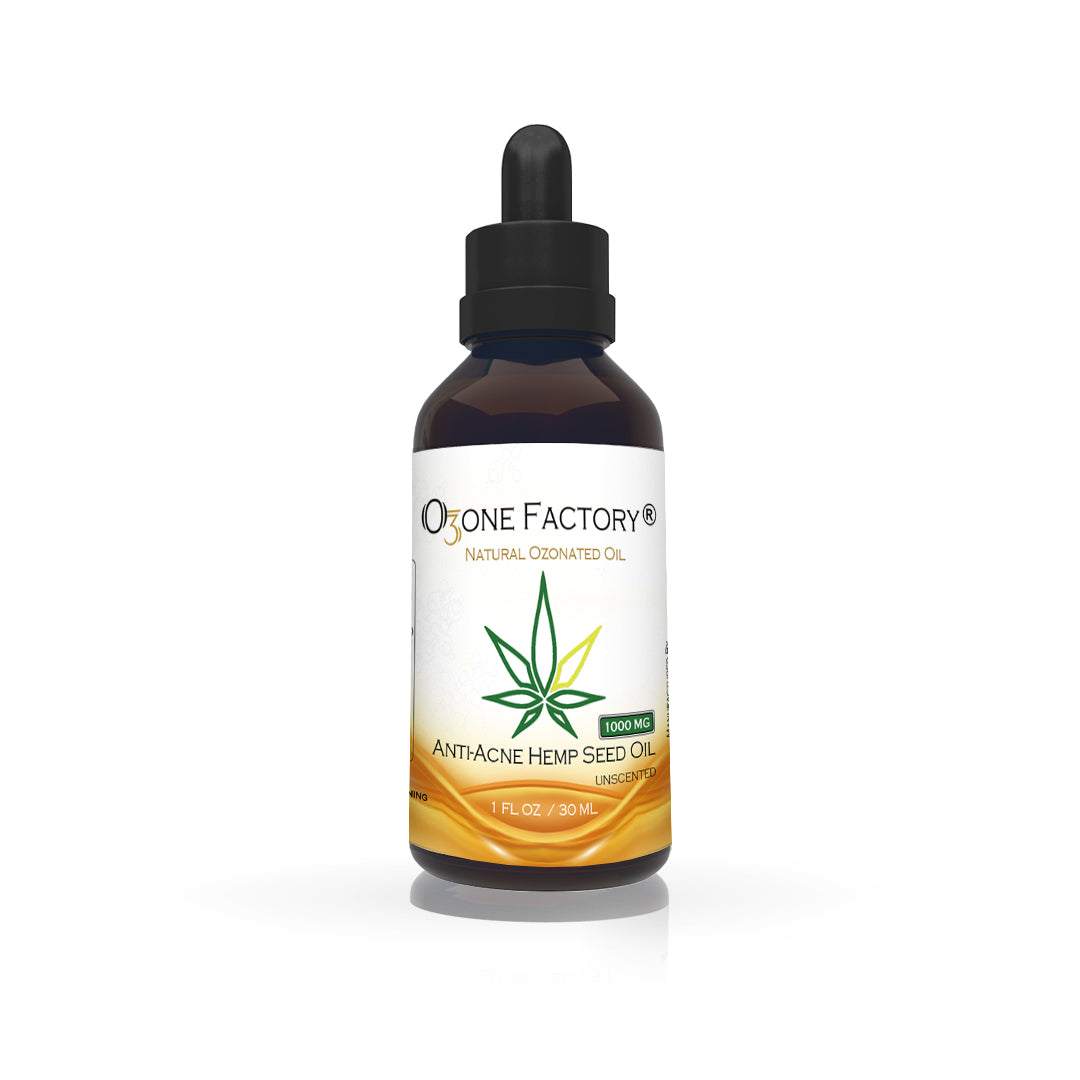

Research interest in “natural” medicine has greatly increased over the last fifty years and, above all, plant products have seen widespread use in the microbiological field. While there are a number of new therapeutic approaches that are based on medicinal plants and their extracts, the use of oils is attractive and increasingly under investigation. Interest in oils has recently revived and they have started to be recognized for their potential antimicrobial role. This new trend is due both to the increasing spread of microorganisms that are resistant to conventional antimicrobial agents, and to the increase in studies on the antimicrobial activity of natural products. Drug resistance can arise when bacteria and yeasts “mutate” rapidly, changing their cellular membrane proteins so they are no longer recognizable by drugs. In fact, most bacteria are able to modify their PBPs (a group of bacterial cellular membrane proteins that are characterized by their affinity for and binding of β-lactam drugs) or produce, for defensive purposes, several enzymes, such as endo and eso-β-lactamases or transferase that are able to inactivate β-lactam and aminoglycosides antibiotics, respectively. In yeasts, resistance to antifungal agents, especially to azoles, can arise because of changes to efflux pumps or a drastic reduction (50%) in ergosterol levels in cellular membranes, making it unavailable for use as a drug target site.
In addition to these problems, antibiotics used against pathogen microorganisms can induce severe side effects, especially in patients that are undergoing prolonged therapeutic treatment, and may also alter the microbiome, which is important for the eubiosis of the intestines and body as a whole. Antimicrobial agents that increase dysbiosis create an ideal environment for pathogen microorganism colonization and further infections with possible recurrent episodes. Conversely, most natural products, which contain hundreds of naturally active ingredients in variable proportions, eliminate the risk of antibiotic resistance as microbes are not able to adapt to their heterogeneous structures. For this reason, many natural compounds, in particular some vegetable oils such as olive oil (considered to be one of the most excellent foods), are also currently being tested with a view to microbiological action to assess their possible use in the anti-infective field.

The therapeutic and health properties of olive oil have been known for millennia, so much so that Hippocrates advised the use of fresh olive juice to cure mental illness and in wraps to heal ulcers. During the Middle Ages and the Renaissance, olive oil was used to cure gynecological infections and was considered useful in the treatment of heart disease, fever, and hypertension. From a dermatological point of view, olive oil has also proven to have antimicrobial activity in infections of burnt skin, against Gram-positive bacteria, such as Staphylococcus aureus, Gram-negative bacteria, and various species of fungi, including Candida spp.. In fact, these properties make olive oil an important component of some topical formulations that are used in the treatment of inflammatory and mycotic skin diseases. However, it has been demonstrated that it is possible to further enhance the properties of oils by adding ozone. Indeed, ozone (O3) has been recognized as one of the best bactericidal, antiviral, and antifungal agents, and has been used empirically as a clinical therapeutic agent.

Molecular mechanism of antimicrobial activity of ozonides: the oxygen internalized from ozonides reacts with the proton/protons in order to form H2O2 that has a bacteriostatic and bactericidal activity.
The mechanisms behind this activity are based on the greater oxidizing properties of ozone, which induce the destruction of bacterial cell walls and the cytoplasmic membrane. The result is an increase in permeability and the entry of ozone into bacterial cells. Moreover, ozone is also able to stimulate the innate immune system to contrast microorganisms. In fact, in the presence of ozone, microorganism lipoproteins produce LOP (products of lipid oxidation) that are able to induce higher amounts of H2O2, by phagocytes, resulting in better bacteriostatic and bactericidal activity. In order to improve the short half-life of oxygenated agents (ozone water, ozone dimethylsulphoxide, etc.), gaseous ozone has been used in chemical reactions with unsaturated substrates, producing ozonated derivatives, particularly oils and butter of vegetable or animal origin. While the first description of the chemical reaction was reported by Fenaroli in 1906, the antifungal properties and properties as healing and soothing remedies for skin with olive-oil derived ozonides was described in the 1930s. Ozonated vegetable oils have since been evaluated for their antibacterial and antifungal activity, their use in topical skin treatments (dermatology) and particular efficacy in the healing of cutaneous wounds, and these studies have increased in number in recent years. Consequently, the number of articles and patents on the improved behavior of ozonated oils using delivery approaches mean that they are more frequently being suggested as promising materials for cosmetics and pharmaceutical therapies.

The Benefits of Ozonated Oil
- Stimulation of growth for skin cells
- Speeds up healing-time for skin wounds and ulcers
- Cleans and sterilizes the epidermis
- Reduces swelling and inflammation
- Calms the nerves and reduces the amount of pain in skin conditions
- May increase cellular function and cellular memory
- Acts as a free radical scavenger on harmful toxins
- Acts as a moisturizing facial conditioner (leave on for 20 minutes and promptly remove)
- Aids in healing processes and reduces scarring
- Reduces incidence of degenerative skin conditions
- Good for removing makeup
- Good for animal wounds, as it is all natural, and can be licked
- Sunburn of the skin
- Insect bites and stings
- Infections of the sebaceous glands (sweat)
- Can be used as a natural under arm deodorant
- Hemorrhoids — One of the best natural remedies
- Sore muscles (rub as a massage paste)
- Cellulite Reduction
- Wrinkles
- Ringworm
- Bed Sores
- Cuts & Burns
- Skin Yeast
- Carbuncles
- Diaper Rash
- Tinea Versicolor
- Dermatitis







This is another testimony on how Chief Dr Lucky cured my HIV disease. Do you need a cure for your HIV disease? Do you want to be cured from your cancer disease? Or you want to be free from any type of disease. Kindly visit https://chiefdrluckyherbaltherapy.wordpress.com/ . He just cured my HIV disease and I’m very grateful to him, he is the only herbalist that can cure you.
WhatsApp number : +2348132777335
Via Email : chiefdrlucky@gmail.com
Thank you all for reading,
God bless"
How can I charge Coconut Oil to Master Card?
Thank you, 202-415-8515!